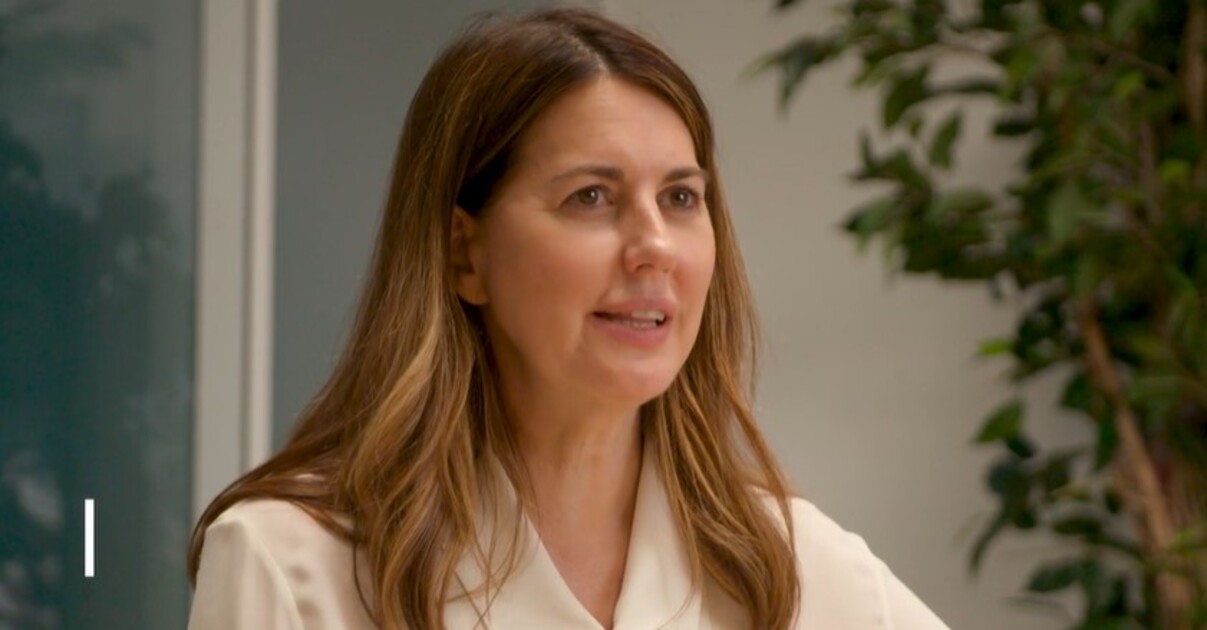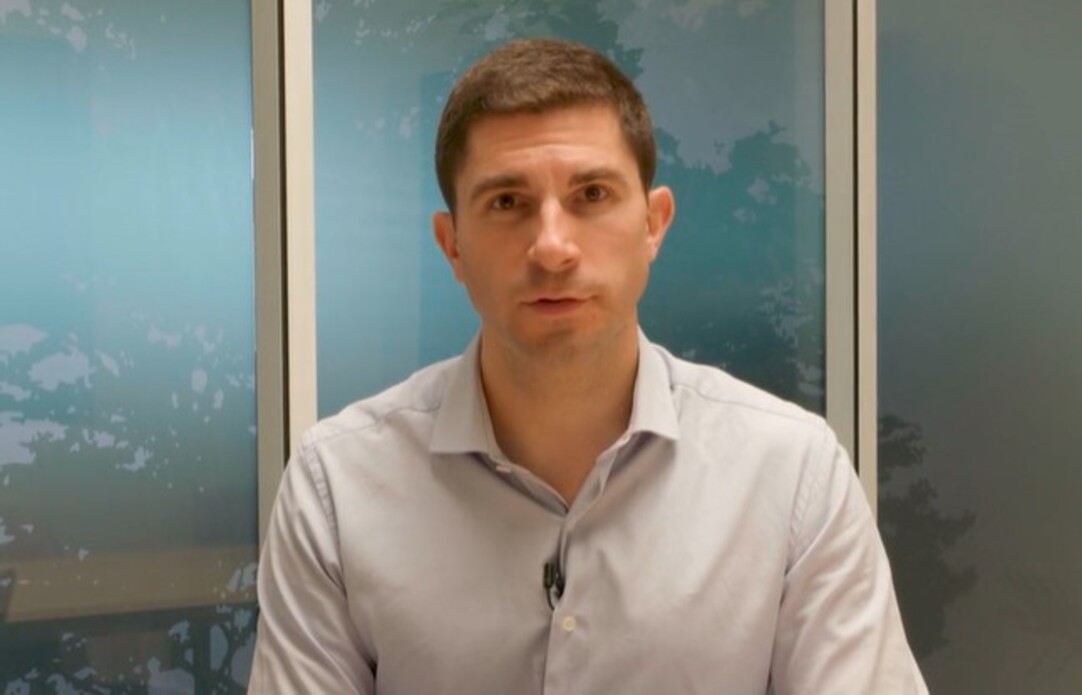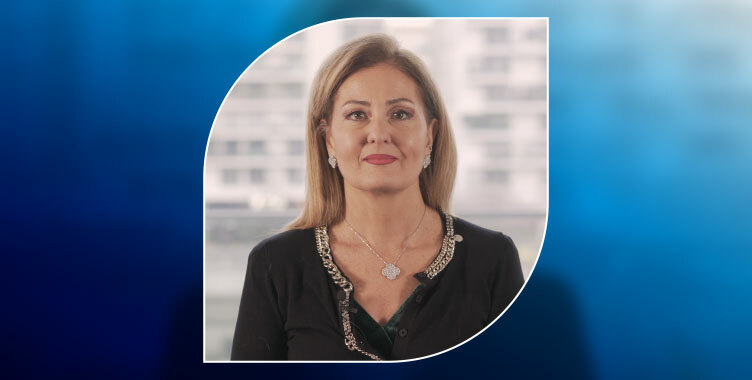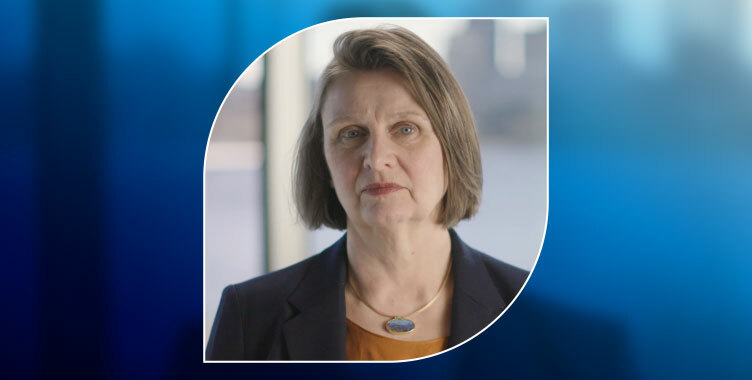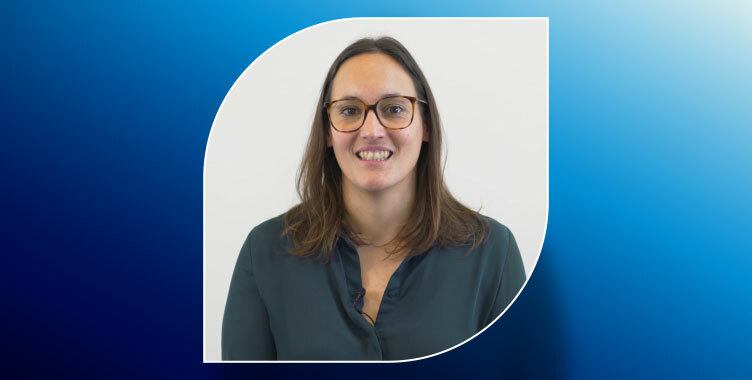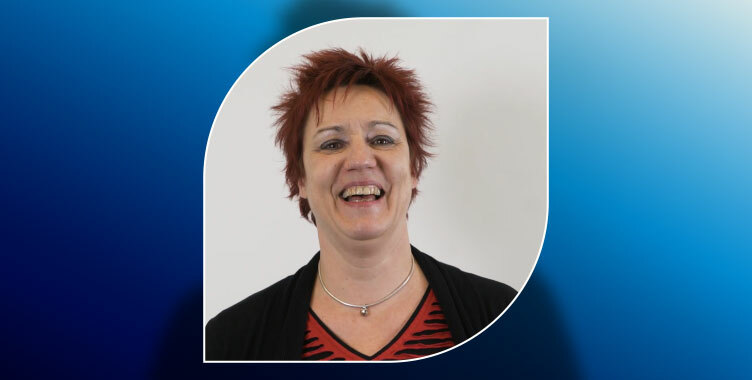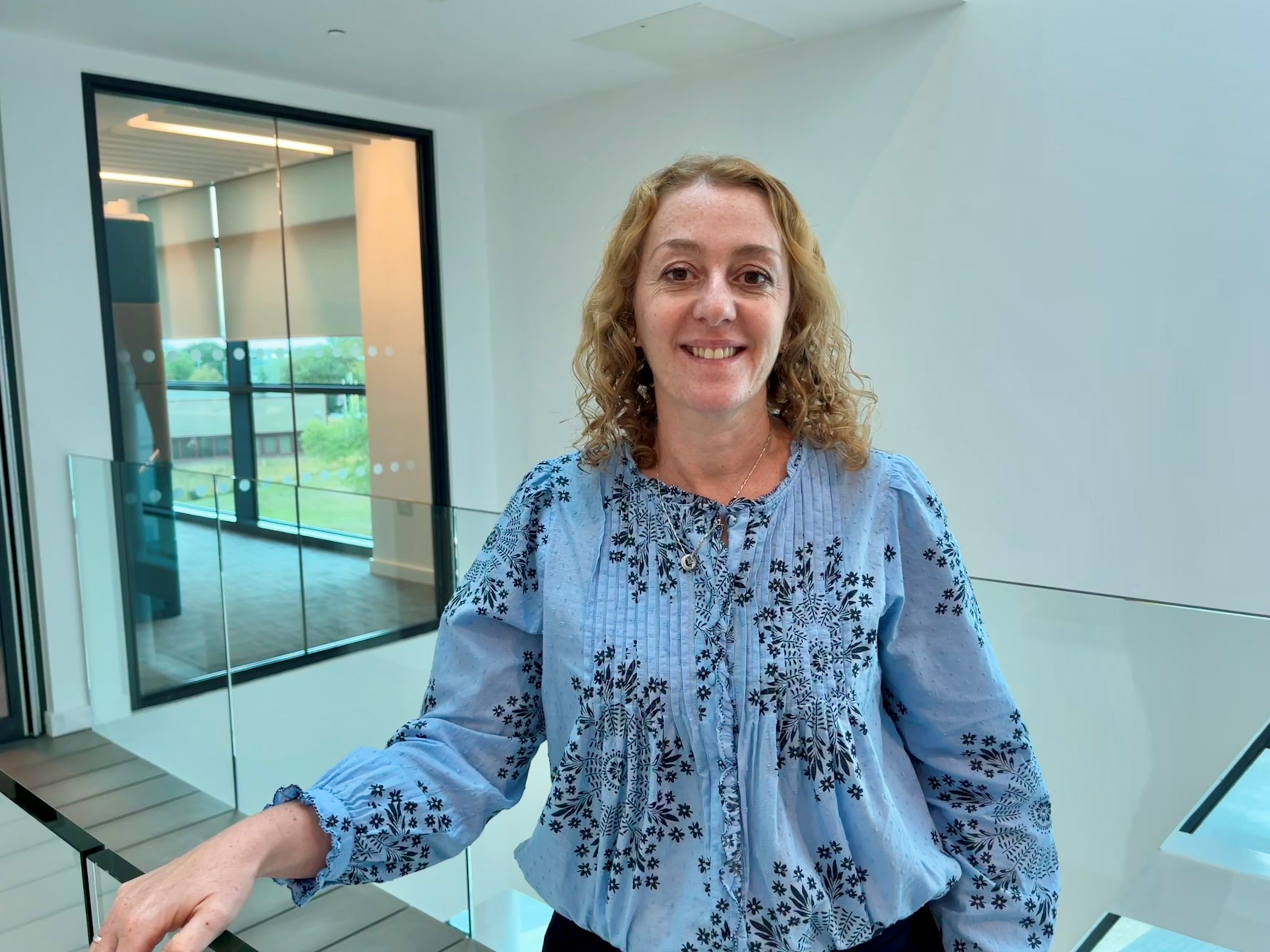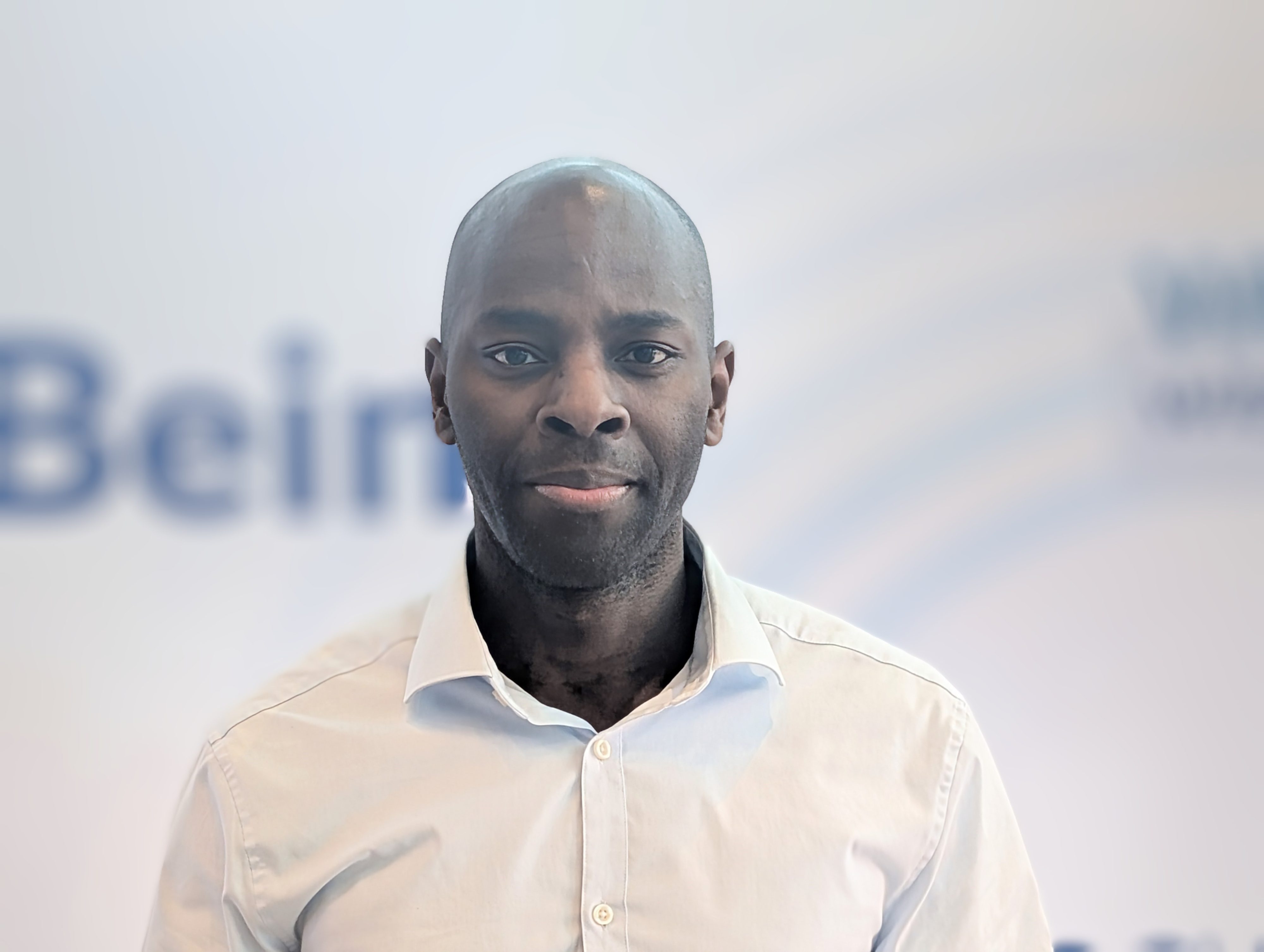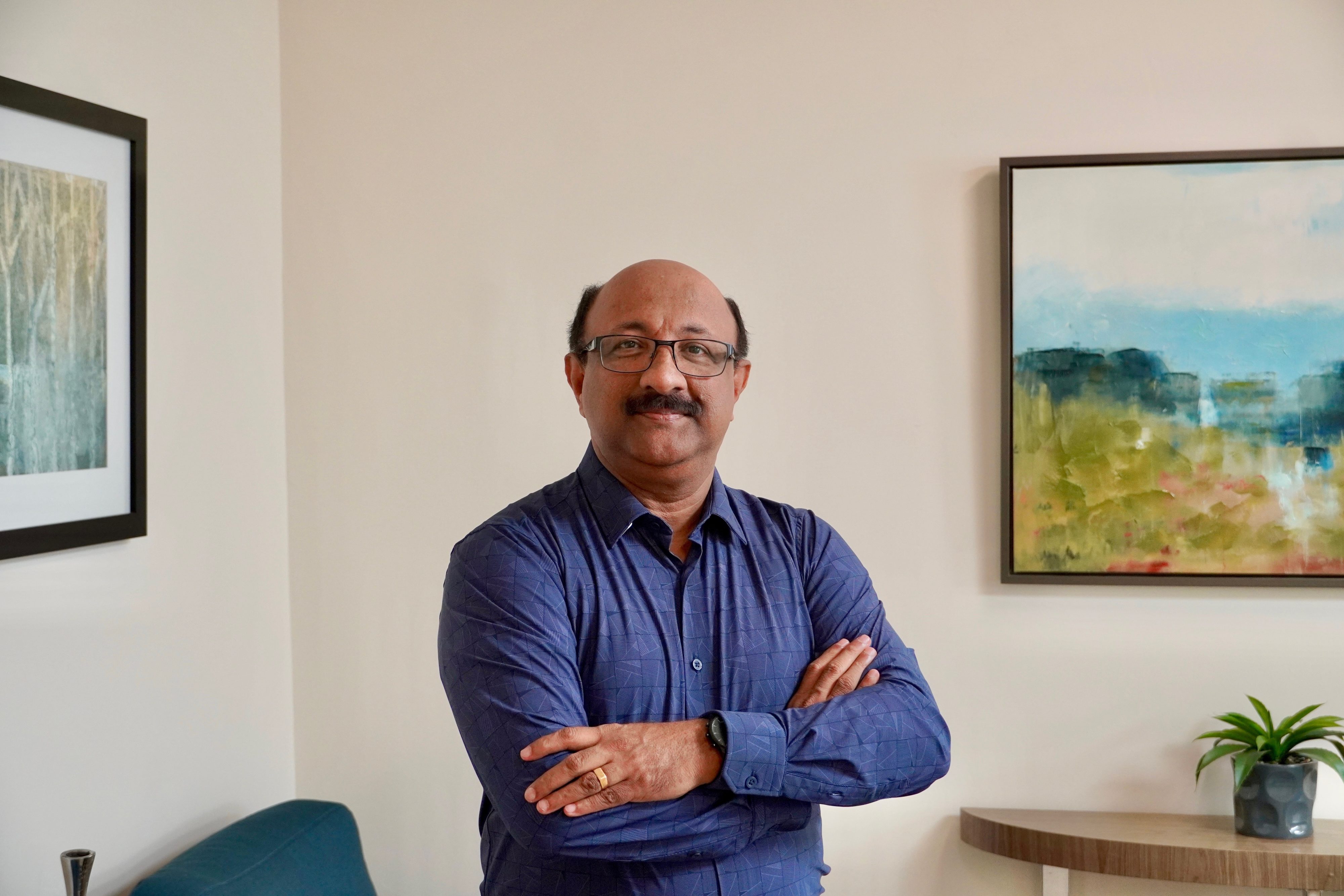Defining the path: Lineu Domit on the role of safety in early development
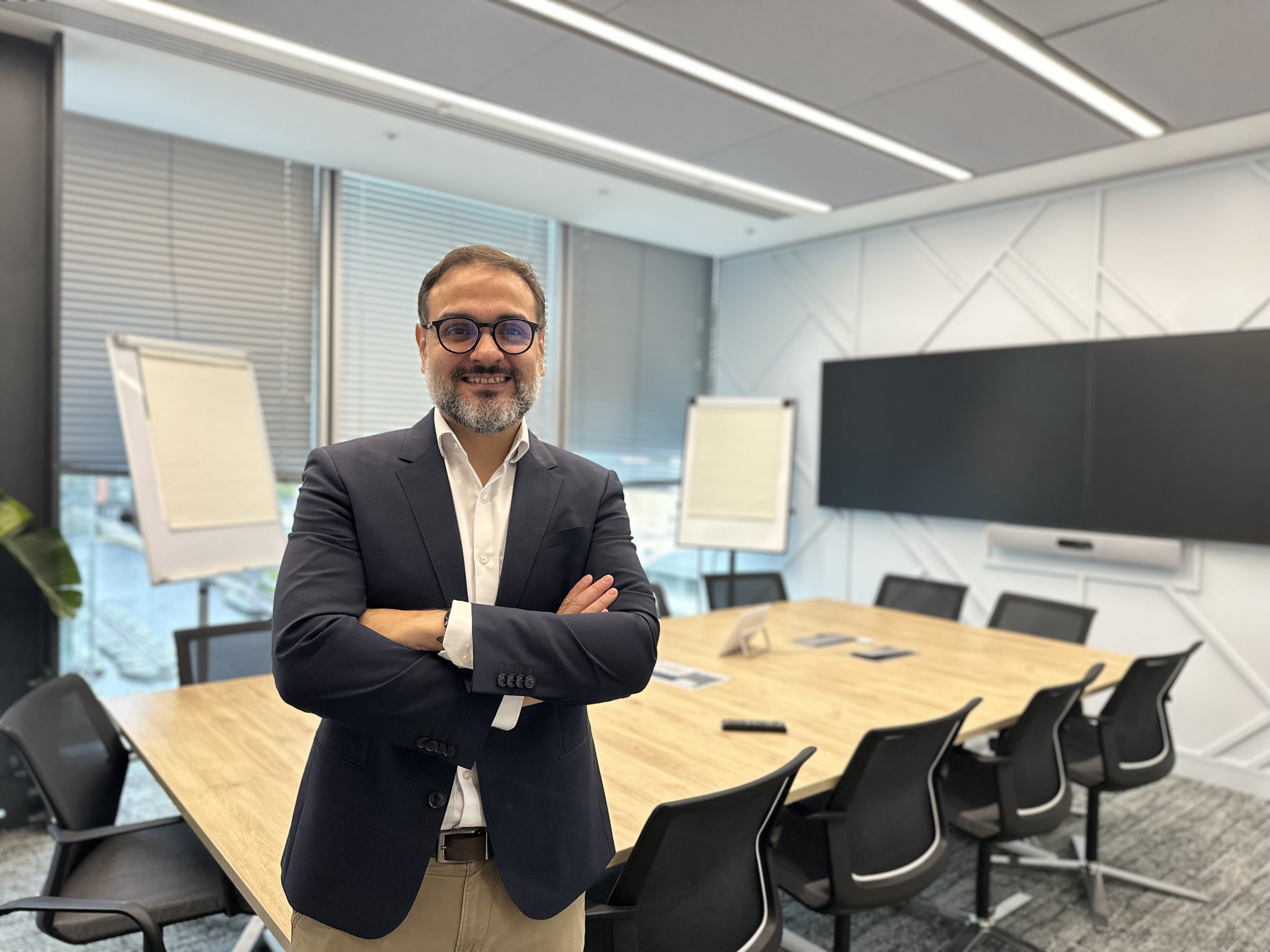
“Our role is to anticipate things: ‘Which dose is safe, which populations face higher risk, and how can we mitigate these risks?’”
Before a medicine reaches patients, its promise must be measured against its risks. For Lineu Domit, safety physician in Ipsen’s Global Patient Safety team, this balance is the essence of early development. Their assessments guide study protocols, inform investigators, and shape patient consent documents—critical foundations for moving forward responsibly.
Safety is often seen as reactive, but Lineu emphasizes its proactive role. “We are not raising red flags to slow down progress,” he says. “We are working with teams to find the safest path forward.”
That path begins with identifying risks by mechanism of action, population, and context, then translating them into practical safeguards. Reports come from multiple sources—clinical studies, hospitals, physicians, even patient call centers—and are assessed against strict global guidelines. “It is a very regulated environment,” he says. “Every case is captured, evaluated, and reported.”
For Lineu, this rigor is not bureaucracy but purpose. “At the clinic, I could help one patient at a time. In safety, we can help entire populations.”
Looking to the future, he sees technology as an accelerant. “AI will allow us to detect signals earlier, before patients are exposed,” he says. Already, visualization tools are making it easier to integrate data and identify trends at a glance.
At Ipsen, efficacy and safety advance together. By defining risks clearly and early, safety science strengthens the foundation for innovation. For Lineu, it is about more than compliance. It is about ensuring every medicine is not only effective, but the right treatment for the right patient at the right time.



